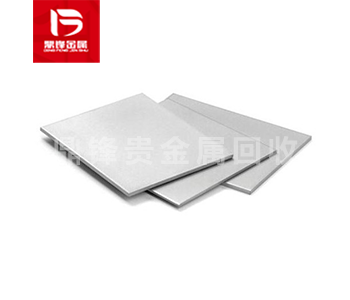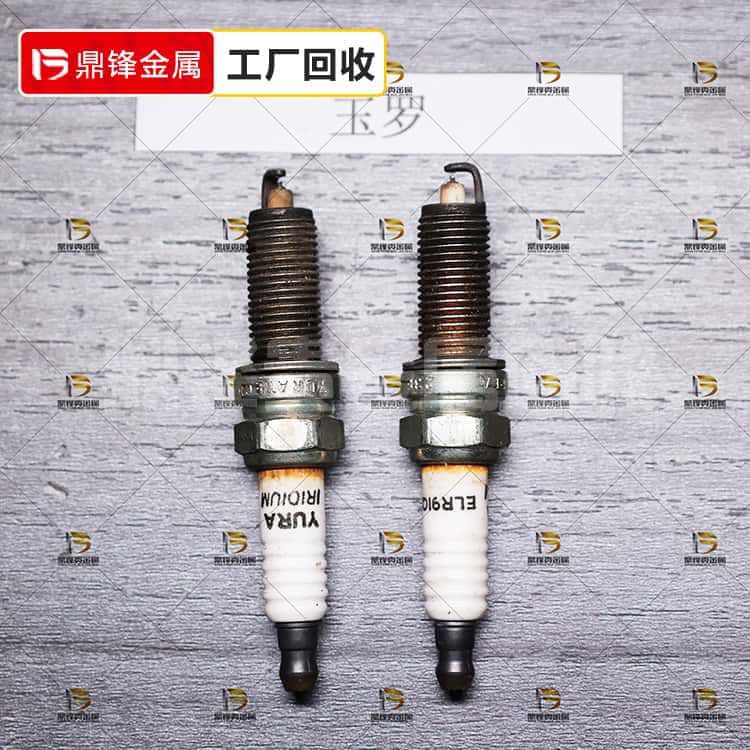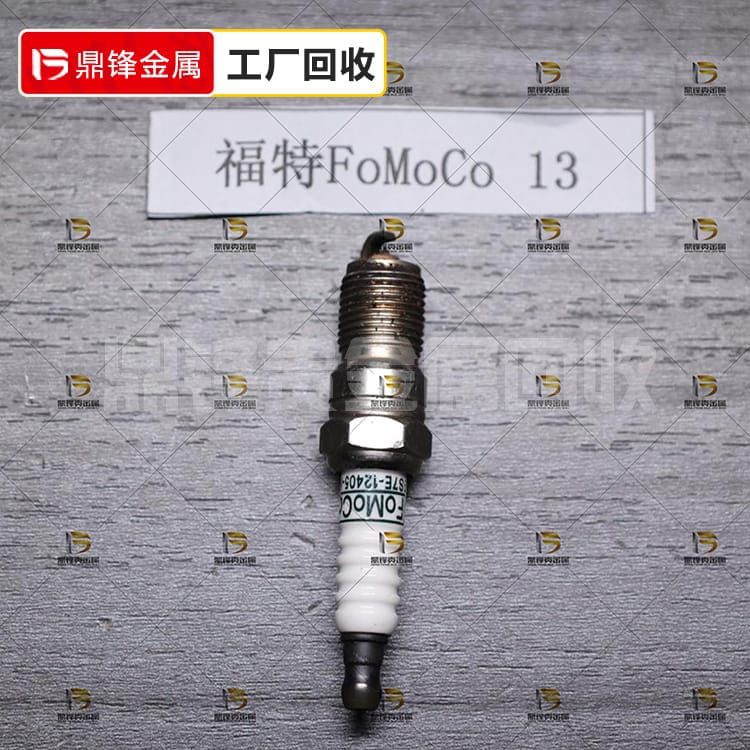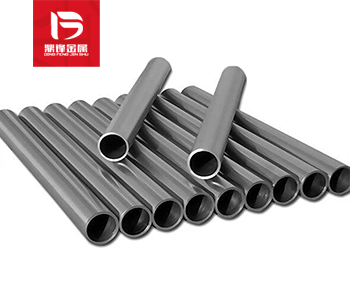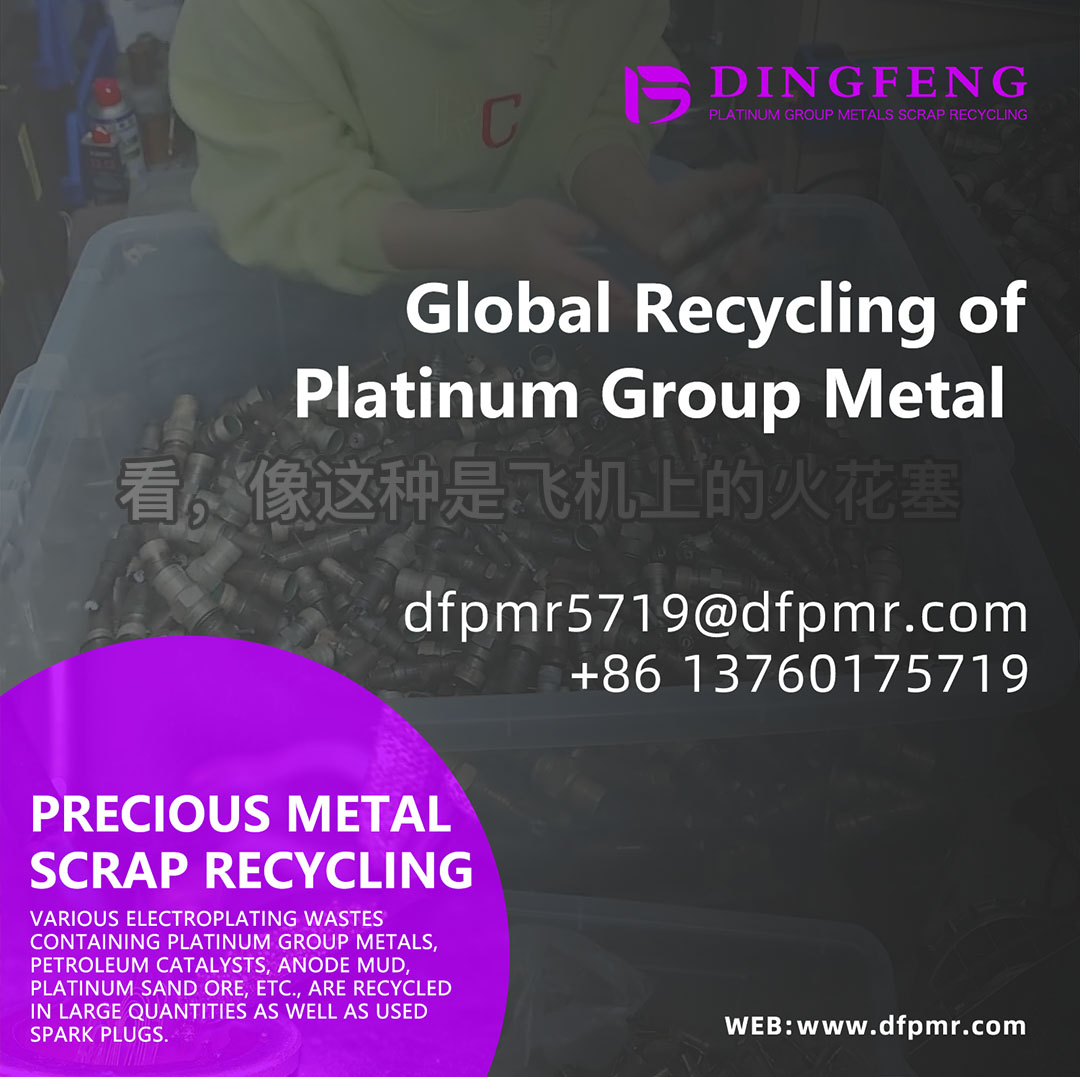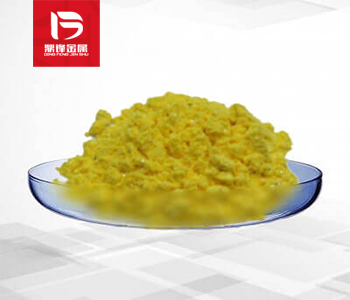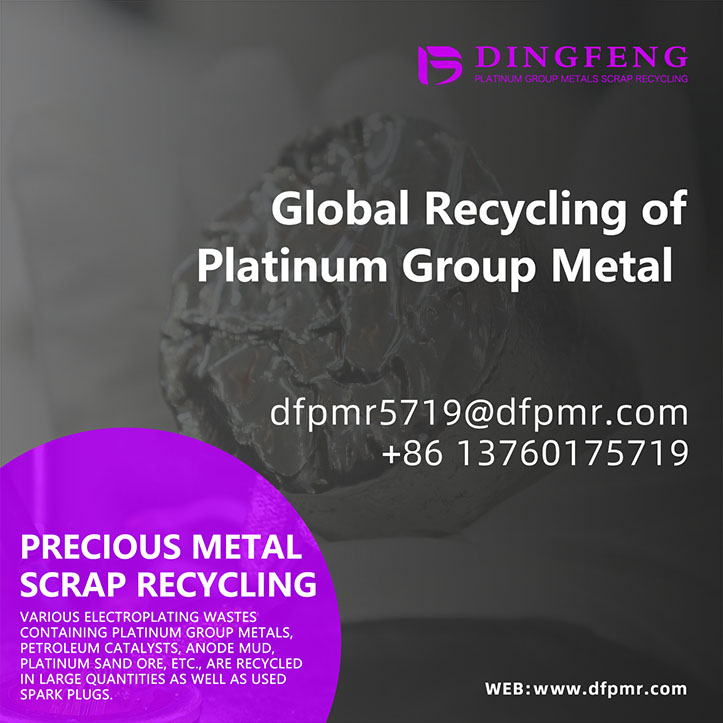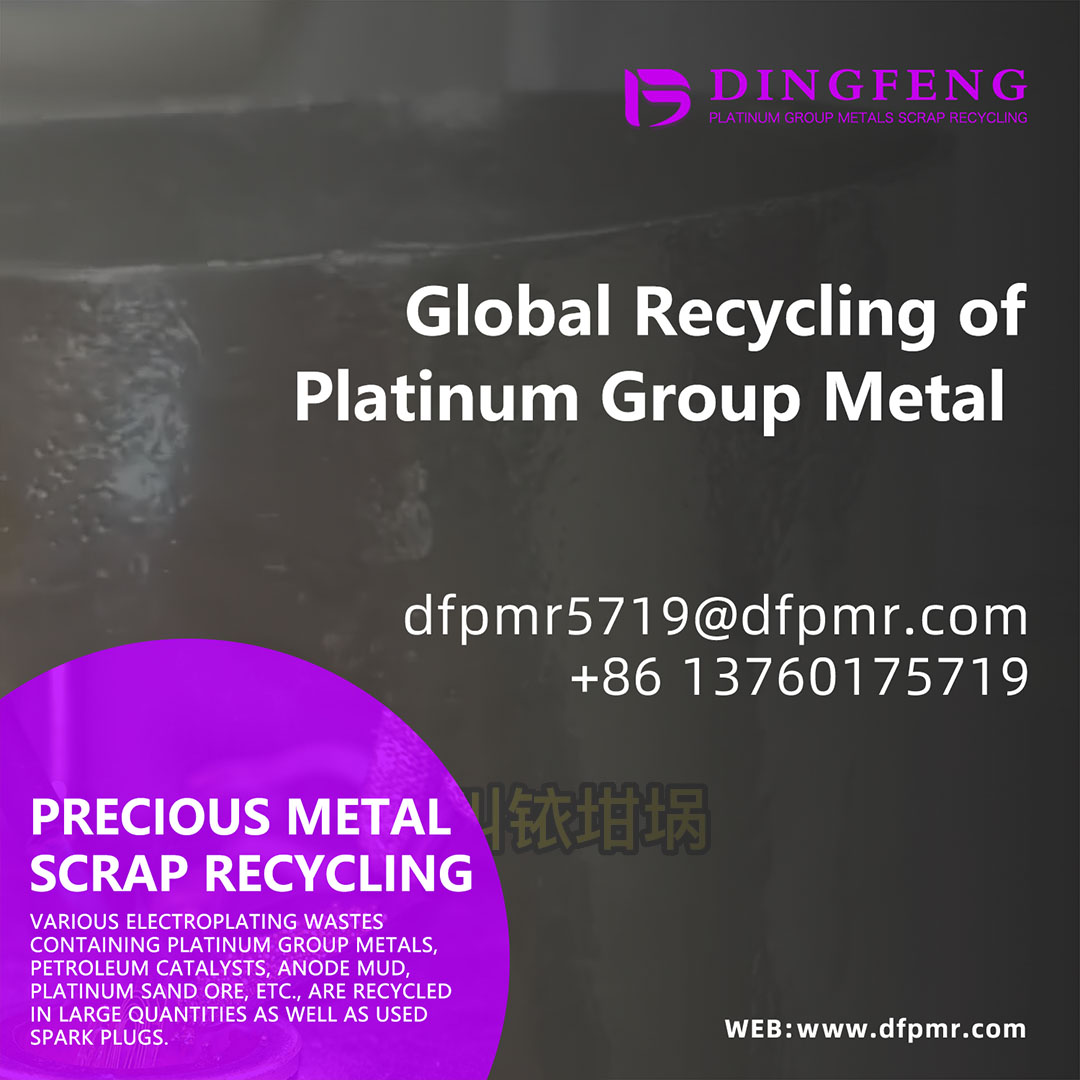Indium recovery_ Indium board recycling_ Rare metal recycling manufacturers
Indium sheet is a metal material made of indium element with good conductivity and corrosion resistance. It usually presents a silvery white color and has good ductility and plasticity, and can be easily processed into various shapes. Indium sheet has a wide range of applications in many fields, such as electronics, aerospace, optics and chemistry.
Product Details
Indium plate is a metal material made of indium element, which has good conductivity and corrosion resistance. It usually appears silver white and has good ductility and plasticity, which can be easily processed into various shapes. Indium plates have wide applications in many fields, such as electronics, aerospace, optics, and chemistry.
The manufacturing process of indium plate involves the following Committed step:
1. Indium element extraction: Indium is a rare metal commonly used in the production of indium plates in industry. It usually exists in the form of ores, such as indium containing ores in zinc ore, copper ore, and lead ore. The methods for extracting indium usually include processes such as ore crushing, leaching, dissolution, and purification.
2. Indium refining: The extracted indium usually requires further refining to obtain high-purity metals. This can be achieved by chemical reduction, electrolysis or Vacuum distillation. The goal of the refining process is to remove impurities and control the purity of indium to ensure the quality of the final product.
3. Indium plate preparation: Once high-purity indium metal is obtained, the preparation of indium plates can begin. A common method is to melt indium and inject it into a pre prepared mold, then quickly cool it to form the desired sheet shape. Indium metal can also be processed into the required thickness and size plates through mechanical processing using methods such as rolling or rolling.
4. Surface treatment: The prepared indium plate may require surface treatment to improve its performance and appearance. This includes processes such as removing surface oxides, cleaning, polishing, or applying protective layers. The choice of surface treatment depends on the application and requirements of the indium board.
5. Testing and quality control: During the preparation of indium plates, strict testing and quality control are carried out to ensure that the products meet the specification requirements. Common detection methods include chemical analysis, physical performance testing, and metallographic analysis. These tests can help determine the purity, mechanical properties, dimensional accuracy, and other key parameters of indium plates.


